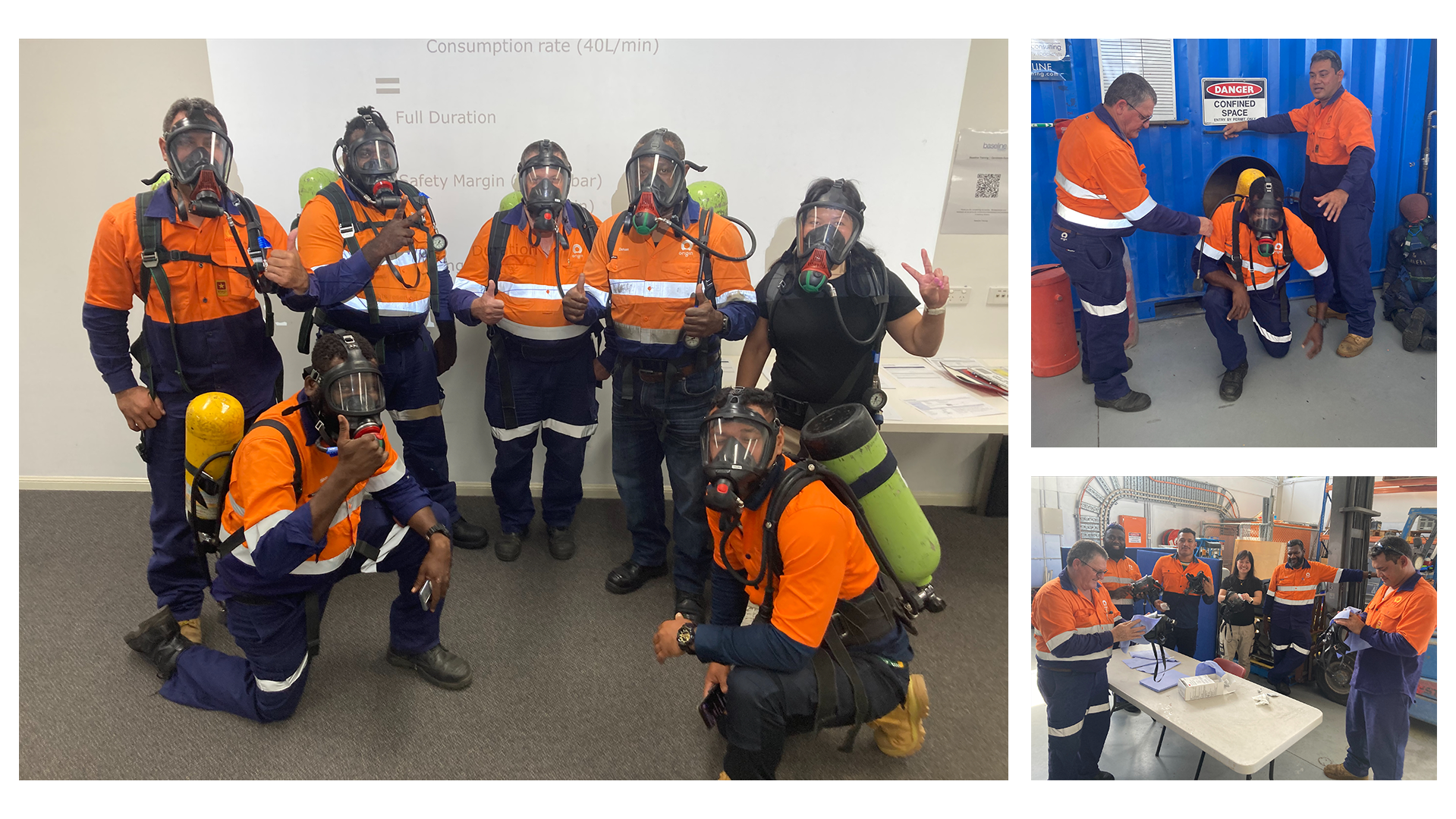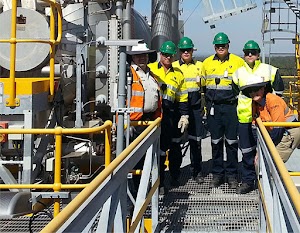Spotlight
Hazardous at Heights: Looking Out for Yourself

Ten percent of workplace fatalities result from working at heights, and, contrary to popular belief, they are not confined to just building sites. Height related accidents occur across a vast number of occupations, causing almost 8000 injuries a year in Australia and leading to roughly 26 deaths.
Between 2003 and 2013 there was no reduction in fatalities, reflected by various changes in legislation and WHS regulations, and between 2010 and 2011 about 21 workers per day lodged claims for fall-related injuries requiring one week or more away from work.
Undoubtedly, height-related accidents can result from many things, whether it be faulty equipment, explosions, electrical accidents, or bad weather. However, the consistent rates of height-related accidents can be largely attributed to flaws in regulation and, in many cases, human error. The Autumn 2016 issue of the Australasian Mine Safety Journal stated that:
“A recent survey identified that 95 percent of anchor and static lines layouts wouldn’t work, 31 per cent of anchors weren’t fit for use, and 94 percent of fixed ladders failed compliance inspections.”
The same journal argued that, owing to a lack of regulation, many workers were allowed on site with subpar training and no accreditation. This not only places the worker at risk, but also renders their employers and managers liable for damage caused by accidents. Penalties can be as much as three million dollars, and up to five years’ imprisonment for individuals.
That said, individual workers are responsible—if not legally culpable—for their own safety. A great many accidents occur due to work being done without adherence to what safety precautions are in place. Given the continued risk that comes with working at heights, individuals should take every precaution to avoid potential injury or death. While there may be external factors out of your control, there are various means by which you can greatly reduce the risk of falling victim to a workplace injury.
How to reduce workplace injury
The best way to safeguard your own wellbeing is through observing the relevant codes of practice, becoming familiar with WHS regulations for working at heights, and, where necessary, undergoing job-specific heights safety training.
There are two existing codes of practice for working safely at heights: Preventing Falls in Housing Construction, and Managing the Risk of Falls at Workplace. It is important to learn what protocols and measures these codes lay down. They are both admissible in court proceedings, and must be observed unless another system, such as an industry standard, is in place.
Workplace Regulations
Regulations are linked to parliamentary acts, and serve to control or prevent certain hazards. They apply to a myriad of different circumstances, working environments, and activities.
That there has been little reduction in height-related accidents and fatalities over the past few decades, despite an increased emphasis on regulatory systems, is the strongest argument for undergoing additional or enhanced safety training. All that a worker will need to know regarding codes of practice and said regulations is covered across a variety of training courses. Such courses also teach methods of identifying potential hazards, and cover risk-mitigation, prevention, and in more advanced courses, rescue.
Working at heights is a daily reality for thousands of people across a vast range of industries, as is the risk such work presents. Consider the kind of work you do, the risks involved, and the industry you work in, and whether you, your co-workers, or your employees could benefit from heights-related safety training.
Working at Heights Training
For more information, don’t hesitate to contact us. We provide a range of courses for high risk workplaces, including working at heights training, confined space training and safety/risk worksite compliance.
The information in this post is adapted from Safe Work Australia and Workplace Access and Safety.
Ten percent of workplace fatalities result from working at heights, and, contrary to popular belief, they are not confined to just building sites.





